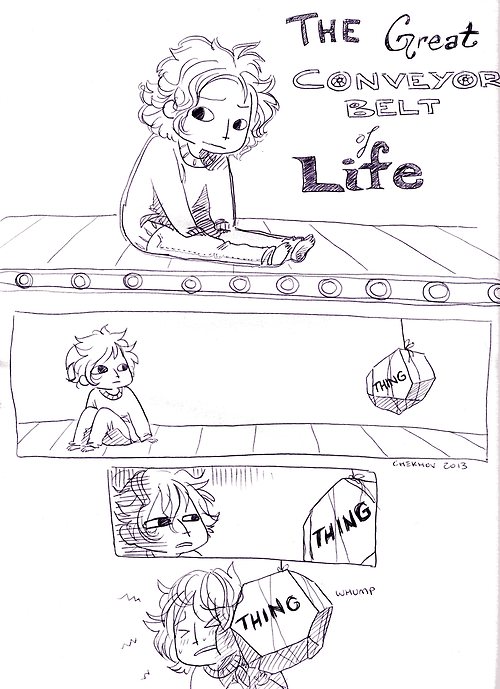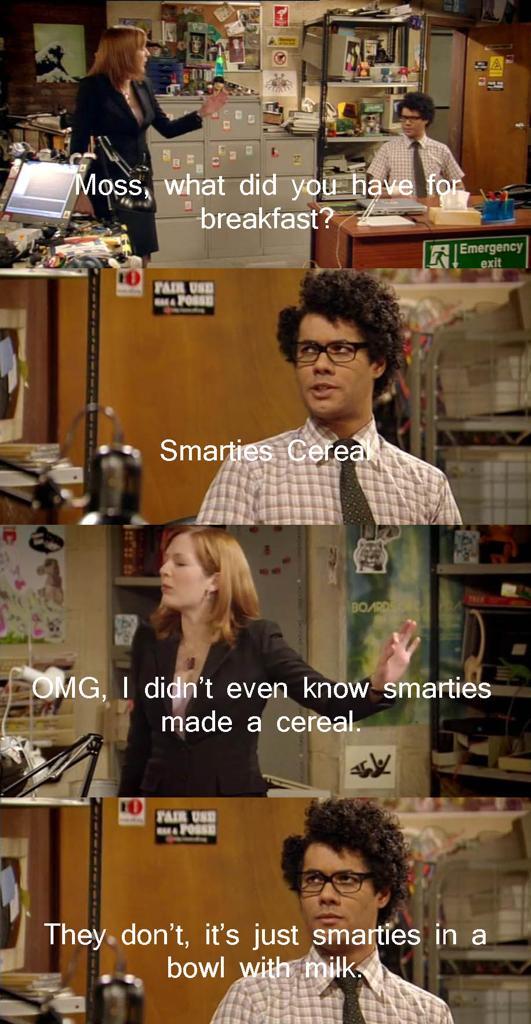In 20 Years, We’re All Going To Realize This Apple Ad Is Nuts
APPLE’S "DESIGNED IN CALIFORNIA" AD INADVERTENTLY DEMONSTRATES THE MOST FUNDAMENTAL PROBLEM OF THE PERSONAL ELECTRONICS AGE, AND ONCE YOU SEE IT, YOU CAN’T UNSEE IT.
“This is it. This is what matters. The experience of a product.”
These are the opening words of Apple’s heartstring-tugging "Designed In California" commercial. Read them to yourself a few times. Then wonder why someone inside the company didn’t insist upon this copy edit:
“This is it. This is what matters. The experience of a person.”
Watch the ad closely for me. As we’re told that products are what matter, we see a series of shots in which people actively turn away from life to engage with their technology.
- A woman closes her eyes on the subway to soak in electronic music.
- A room of students looks down at their desks instead of at their teacher.
- A parent and child cuddle, focused on a screen that’s so powerful it illuminates the kid’s face.
- A couple kisses in the rain, then immediately turn away to look at a phone.
- A tourist opts to FaceTime instead of bathing in visceral, smoky yakitori.
In what should be a warm, humanizing montage, people are constantly directing their attention away from one another and the real, panoramic world to soak in pixels. They’re choosing the experience of their products over the experience of other people several times in quick succession. And Apple has a warm voice in the background, goading us on.
This is a crazy world. Please tell me you see it, too.
Now I’m not saying the ad isn’t representative of real human behavior. Indeed, since Apple changed the world with the iPhone’s multitouch screen, the fundamental interactions behind our gadgets are designed to constantly lure us back into the four-inch world, nudging us with vibration, push notifications, and impromptu xylophone solos to almost touch all of the people in our lives doing the same thing on another four-inch screen somewhere else.

My fundamental problem with the ad--why it’s begun to make my shoulders tense and stomach churn every time it comes on TV--is not that it’s lying about how we use technology, but Apple’s consecrating the behavior, and even going on to say that their products, not the lives they serve, are “what matters.“ That outlook is so different from Apple’s other recent, non-advertised piece on design.
Ironically, in Apple’s flag-planting ad about design, their marketing department (and at least a few execs) have shown how fundamentally little they understand about the field. Design is at its heart a service for humanity, it’s crafting solutions for people to live with more security, efficiency, or happiness. So the experience of a product will never be what matters to a great designer. It’s always been about the experience of a person using that product.
It’s the most subtle, most important difference that this ad buries under its own hubris. And the commercial’s own audience seems to agree.






